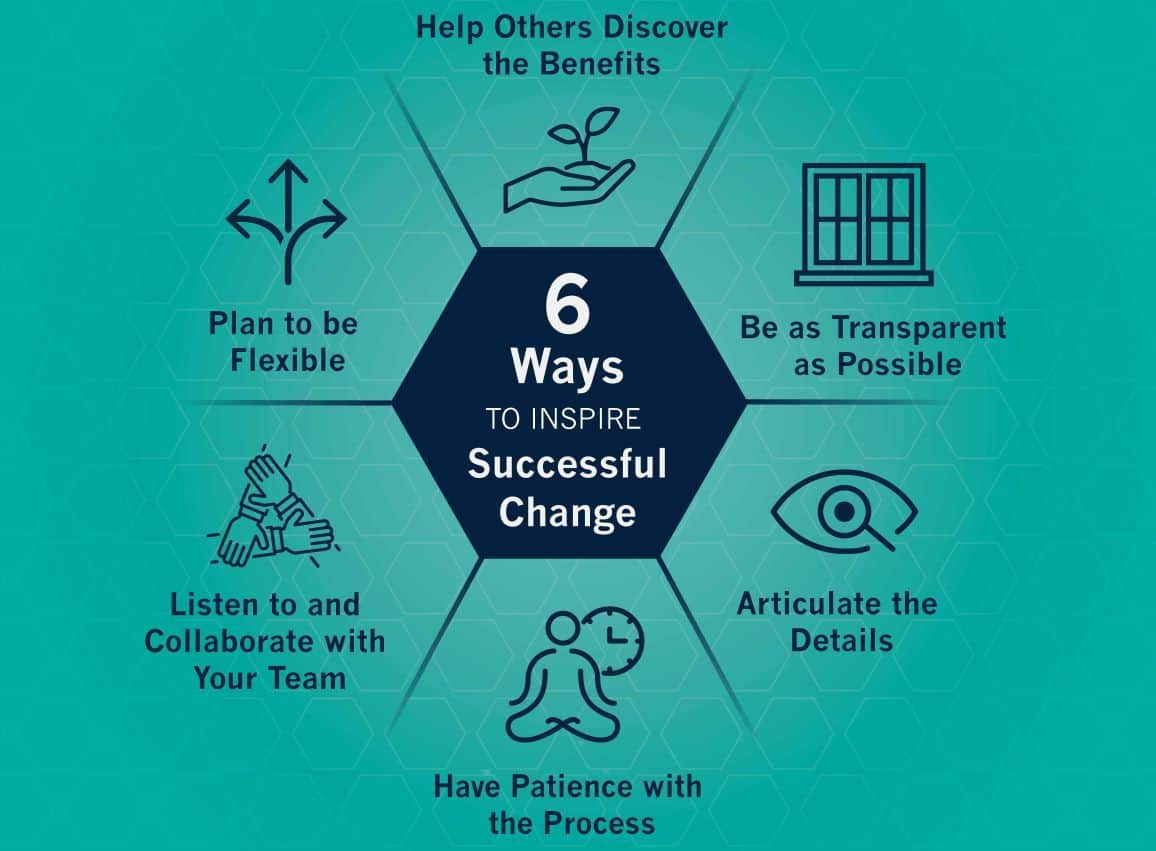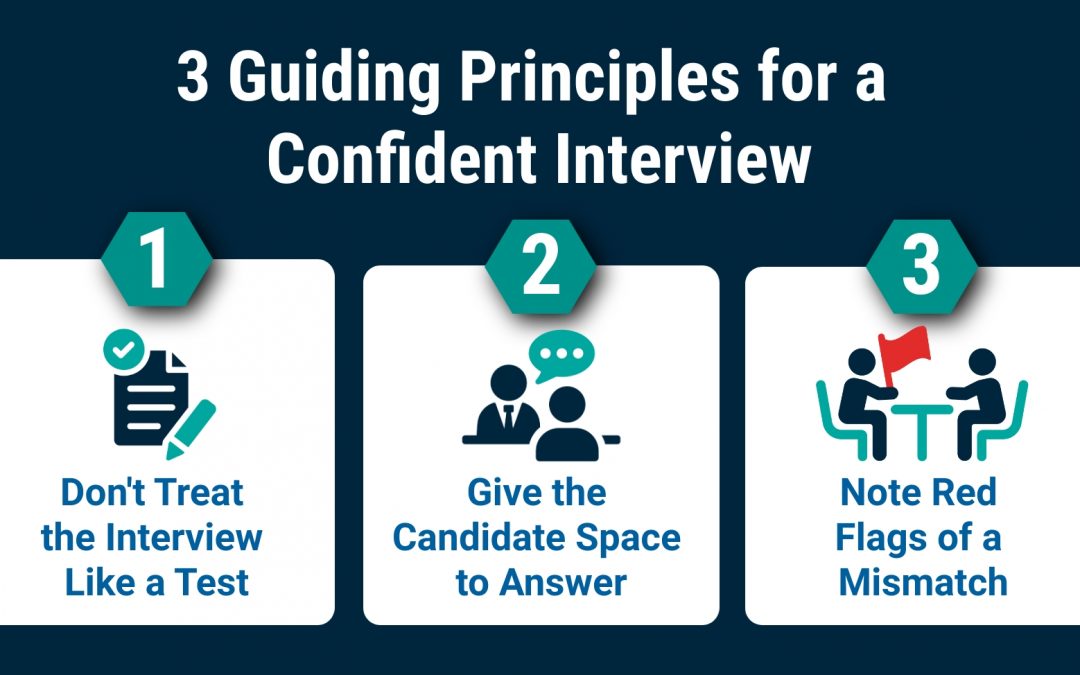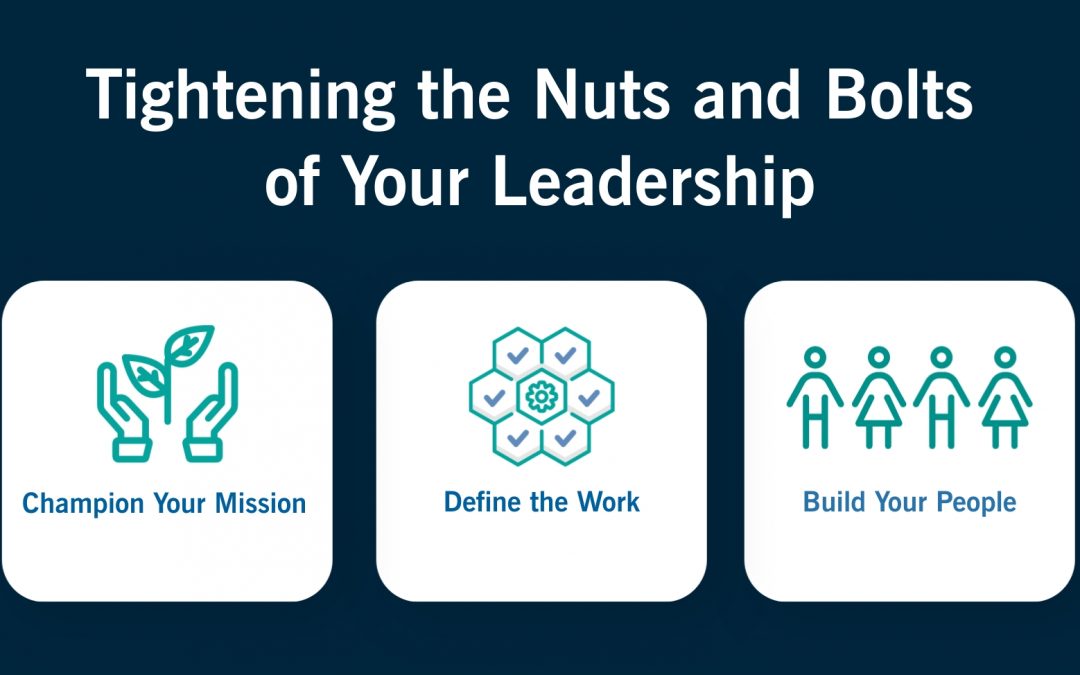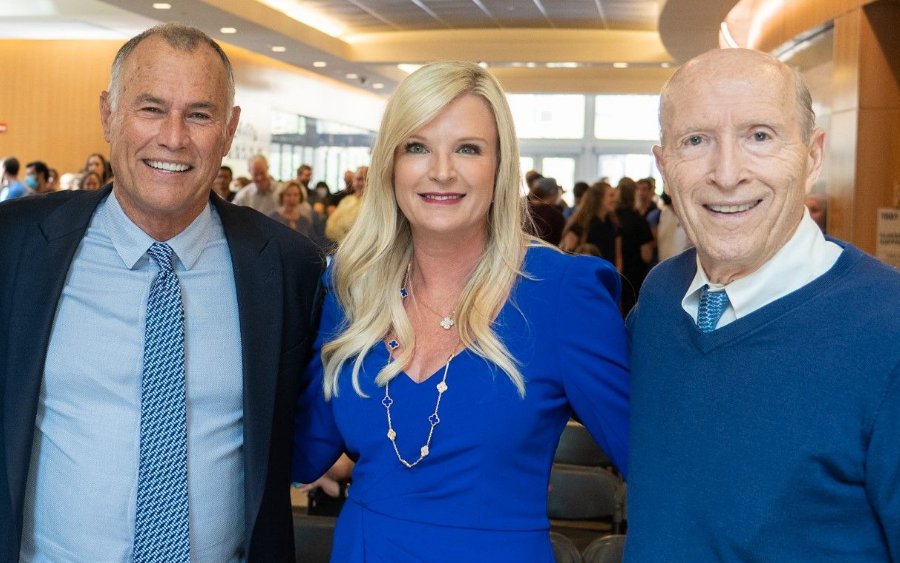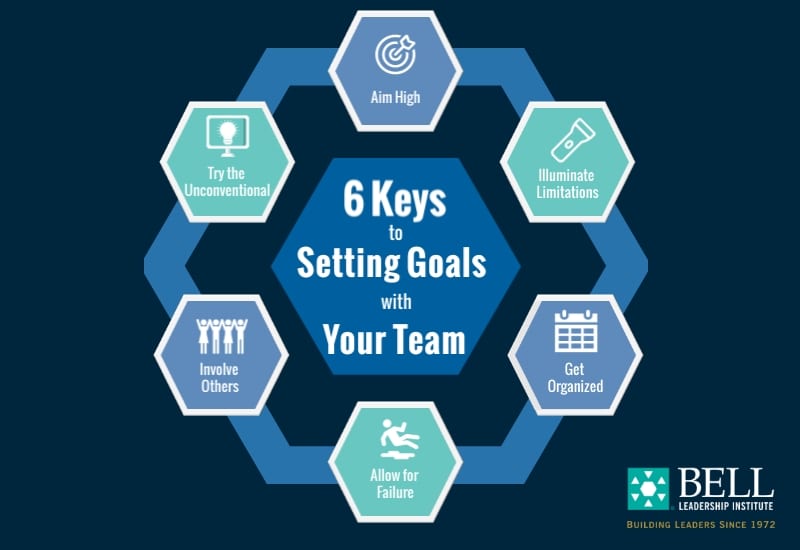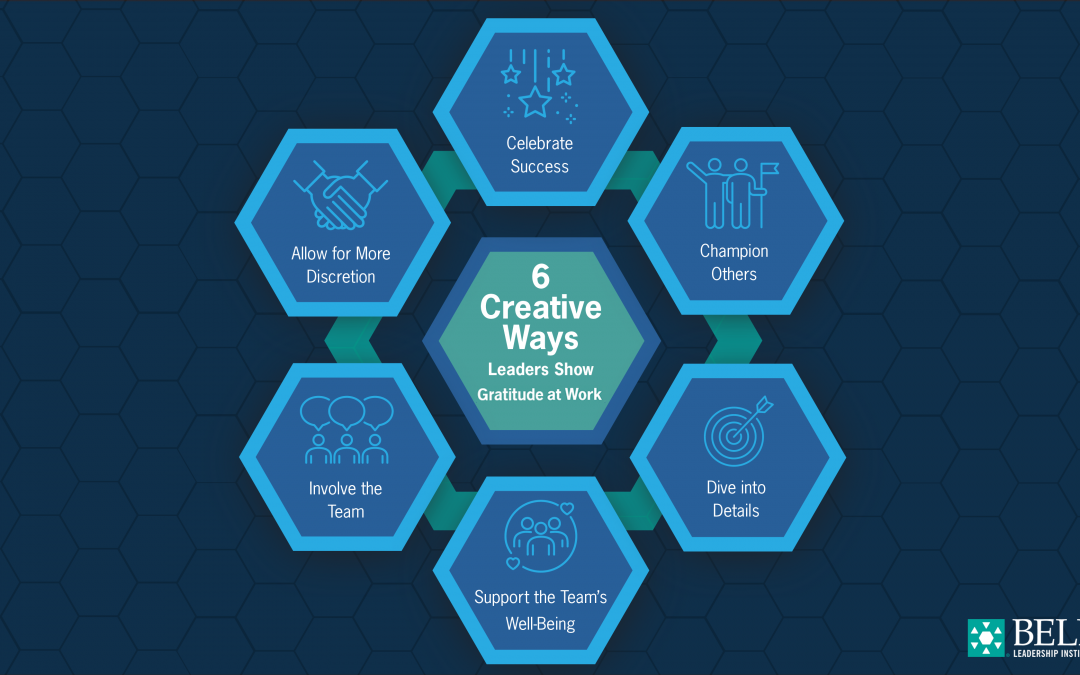Leaders suggest changes, drive changes, and navigate unexpected changes. Those changes can be difficult, complex and messy, but great leaders ensure their people are prepared and positioned to navigate them successfully.
As leaders, we frequently underestimate the amount of change our actions create. Leading inevitably creates change. Leaders suggest changes, drive changes, and navigate unexpected changes. Those changes can be difficult, complex and messy, but great leaders ensure their people are prepared and positioned to navigate them successfully. Here are six leadership behaviors to inspire a more positive change experience:
1. Help others discover the benefits.
It will take time for everyone to see the upsides of a change. Staying positive and helping others to visualize what is possible, without overselling or downplaying their personal losses, will enable them to discover the benefits of the change themselves and be able to fully embrace it.
2. Be as transparent as possible.
There will always be unexpected bumps along the road of any change initiative, but it will go a long way towards building trust with your team to be as upfront and timely as possible in communicating about those obstacles and roadblocks.
3. Articulate the details.
When people understand more precisely the steps and phases of change, they will have more buy-in and engagement in the transition. Be as specific as you can about individual and team tasks and timelines in the process; this minimizes any uncertainty (and the anxiety it can create) and allows everyone to understand their role and contribution.
4. Have patience with the process.
People react to change differently. Working through feedback and overcoming challenges takes time. As much as we might wish, everything can’t happen at once and the ultimate path will almost certainly deviate from the original plan. Setting realistic expectations when it comes to time and pacing will allow for a calm and steady implementation.
5. Listen to and collaborate with your team.
Creating opportunities with your people for exchanging ideas, expressing concerns and opinions, and talking through solutions can remind your team members that they have a stake in the process. Bringing people together for open discussion generates a culture of connection and trust, two essential qualities that will be valuable beyond the period of change.
6. Plan to be flexible.
Remember that there’s often more than one way to reach your desired results, some of them better than your original plan. Great ideas can come from anywhere, and staying open to how things get done will expose you to possible new opportunities. When you get stuck, incorporating new ideas can help switch directions for a better way forward.
No doubt, change can be hard. But no organization ever grew or succeeded without effectively navigating and embracing change. Adopting these leadership approaches can help build a change-ready organization.

Leaders frequently underestimate the amount of change they create and the impact those changes have on those around them. The best leaders understand the fundamental dynamics involved with any change and help inspire their teams to navigate and ultimately embrace change. Join us for CHANGE LEADERSHIP this October in Chapel Hill, NC to learn the psychology behind change, master the fundamentals of change dynamics, and build the skills to successfully lead change. Interested in bringing Change Leadership to your leadership team? CONTACT US to create a customized experience for your organization.

